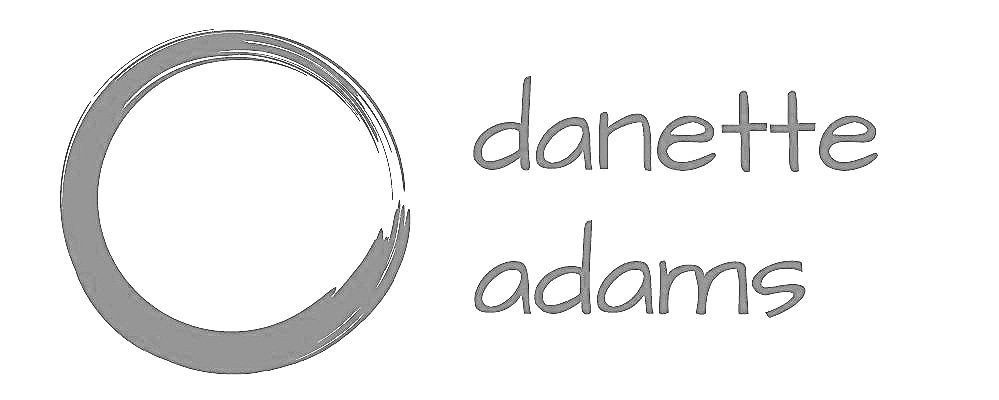distorted thoughts and twisted truths - hidden beliefs exposed (part 2)
Now that you have considered some of your beliefs around the larger issues of life and discovered the power of a pause for noticing thoughts from part one of this series, it is time to look deeper into the twists and turns of a thought process.
You may recall the following breakdown of the hundreds of encounters we have on a daily basis:
Situation
Thought
Feeling
Action
Result
Knowing at which point, how and how often to pause in this process can be a challenging. We have so many thoughts in a day and cannot possibly stop at each one to consider the underlying assumptions lurking behind.
But some of our thoughts hold more weight than others. The work is to focus on the ones that move very quickly from a simple, fleeting thought to a full-length movies of epic proportions. Sit. Start small. Look for patterns.
Effective Hiding Spots for Funky Thoughts
The following areas are indicators of where twisted truths and distorted thoughts like to hang out and make up stories. Noticing when you are experiencing repetition or intensity in any of these areas is a good start.
1. Attachments, Obsessions and Addictions
Beyond some typical addictive activities used for numbness from some real or perceived
discomfort (substance abuse, eating too much or too little, excessive screen time,
compulsive sexual behaviour ), what would make your grasp tighten a little if it was pulled away from you? The glass or two of wine each evening to take the edge off? A shortened deadline so your finished product could not be perfected? Being right at any cost? Notice.
2. Aversions and Avoidances
What do you ignore or avoid at all costs? Confrontation? Self-reflection? Taking
responsibility for your own actions and their consequences? Displeasing someone?
Collaboration? New experiences? Old, boring experiences? Being alone? Notice.
3. Physical Symptoms
What is your body saying to you? Communication from your body could be in the form of pain, pleasure, numbness or a sense of not having any awareness of your body at all. Or it could be through repeated minor conditions, illnesses or even long-term, chronic diseases. What is your body saying in health, dis-ease, in motion and at rest? Notice.
4. Overwhelming Emotions
When it seems as if the emotions will swallow you up, what is hiding in that moment? When you find yourself swimming in an ocean of fear or terror, rage, jealousy, boredom, ecstasy or euphoria, obsessive desire, isolation and loneliness or despair, Notice.
5. Relationships Obstacles
No relationship is perfect. But what could be learned from looking at those messy sticking points, the raw-nerve moments, the chronic misunderstandings or the inelegant dance moves of two partners out-of-step? At home? At work? With friends? Family? Notice.
6. Feeling Hurt, Stuck or Incompetent
What lurks behind the reaction “what she did really hurt my feelings, how could she do that to me”? What is the “should” belief lingering behind believing that our present situation finds us stuck in a rut or trapped in our own life? What belief is getting its mail forwarded to the hiding spot behind your reaction of feeling incompetent or unqualified? Notice.
Hidden Thought Patterns Revealed in Distortion
We are so competent at distorting thinking that we don’t even recognize we’re doing it. Once you start noticing where your distorted thoughts regularly hide, here are some common cognitive distortions from PsychCentral.com that you might discover there.
Filtering: Filtering out the positive and only seeing the positive
Polarized Thinking: Seeing situations as black & white, with an all or nothing attitude
Over-generalization: Creating a general outlook based on one incident
Jumping to Conclusions: Assuming an outcome even without proof
Catastrophizing: Expecting that a disaster will be the outcome
Personalization: Taking the words and actions of others personally
Control Fallacies: Believing you are a victim of fate or that you life is externally controlled
Fallacies of Fairness: Assuming that everything in life is ultimately supposed to be fair
Blaming: Holding others responsible for our pain and discomfort
Shoulds: Having clear rules about how we and all other should behave
Emotional Reasoning: Believing that what we feel is the concrete truth
Fallacy of Change: Believing that people will change if pressured enough to do so
Global Labelling: Using emotionally-laden language to make a global judgement
Always Being Right: Thinking that being wrong is an unthinkable situation
Heaven’s Reward Fallacy: Keeping score of giving in hopes of getting back in return
That’s a boat-load of noticing to do!
Self-care Homework
1. Continue to practice the pause from part one of this series to help you with the noticing.
2. Keep a small notebook handy to record what you notice will help you focus on the one or two thought patterns that are causing you the most concern and prevent getting bogged down with trying to deal with too many patterns at once.
Writing down what you notice will also help for the next blog post when we discover how the words we use reveal which distorted thoughts we default to most often. Then we will consider the impact of allowing these thought patterns to go unchecked.
Still ahead, we will work through a process to re-wire our brains by flipping the distorted thoughts on their heads and creating a new result to the troublesome situation.
Thanks for dropping by and I’ll see you back here next time!


